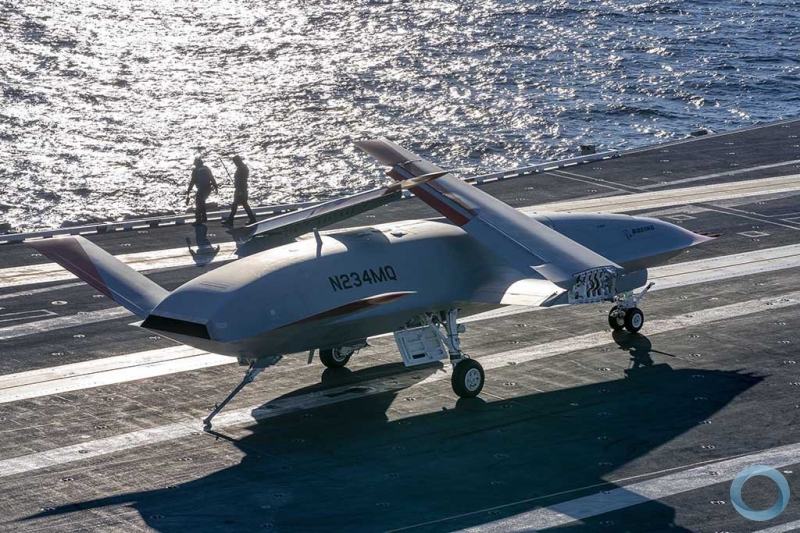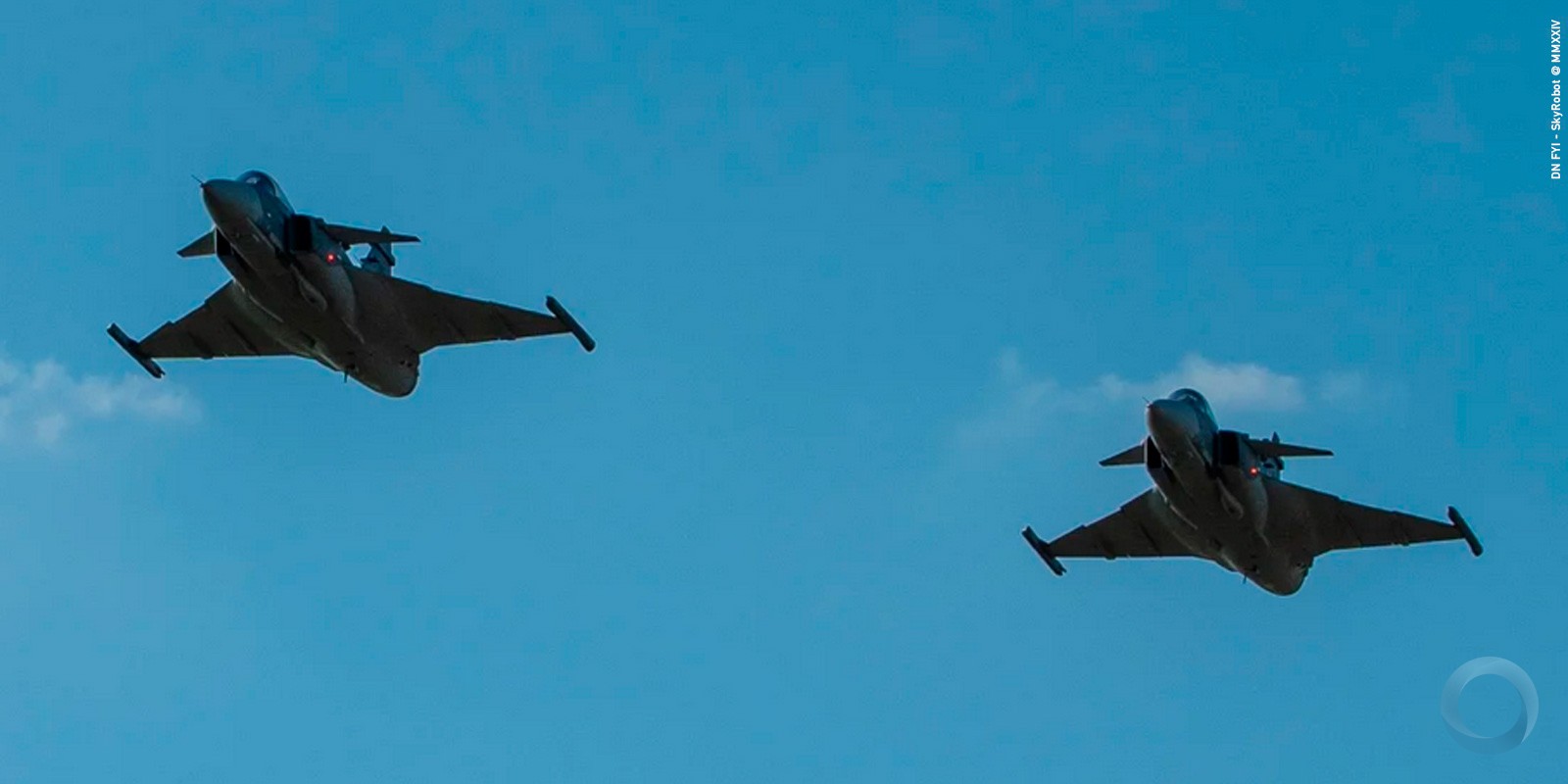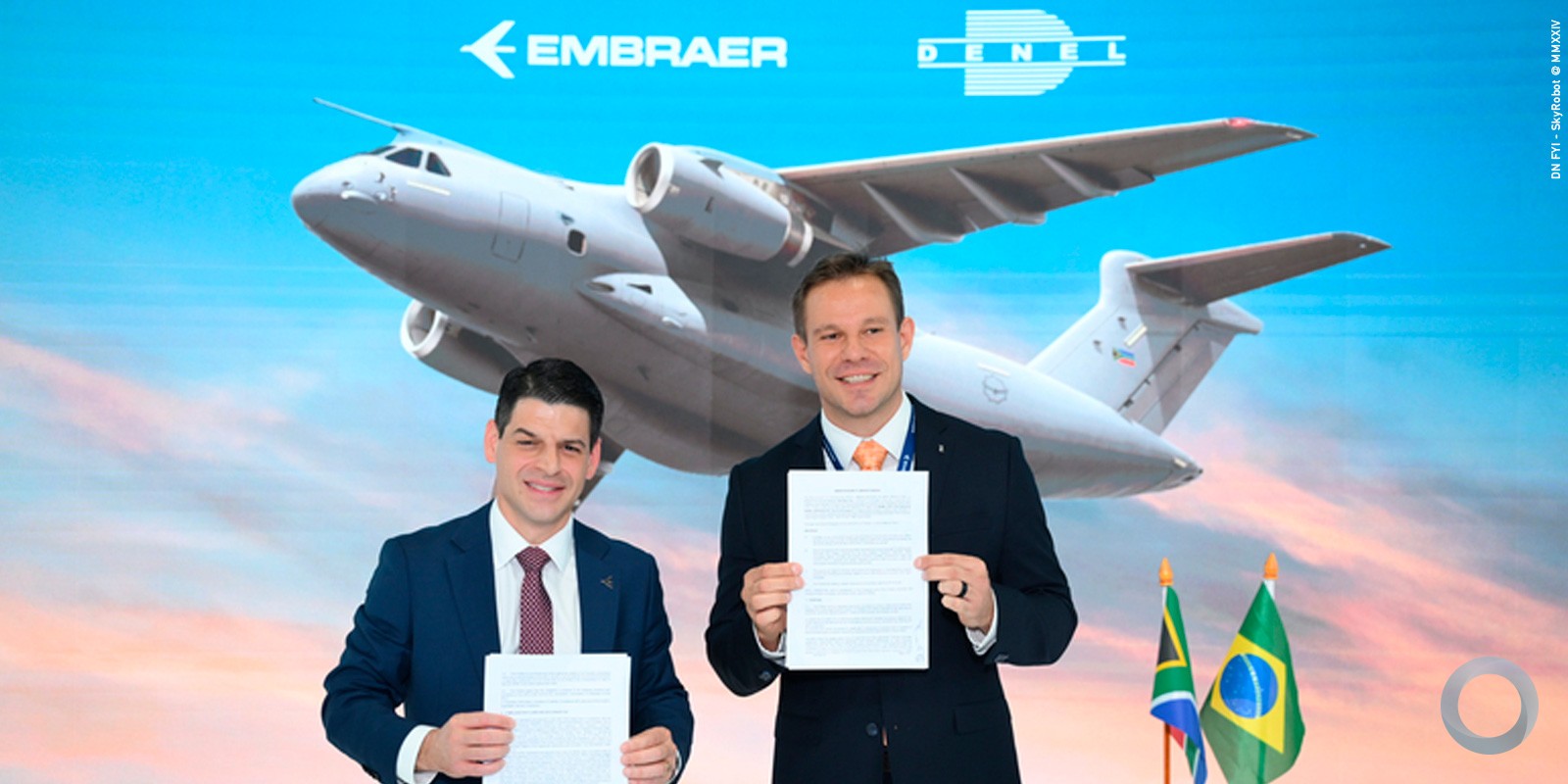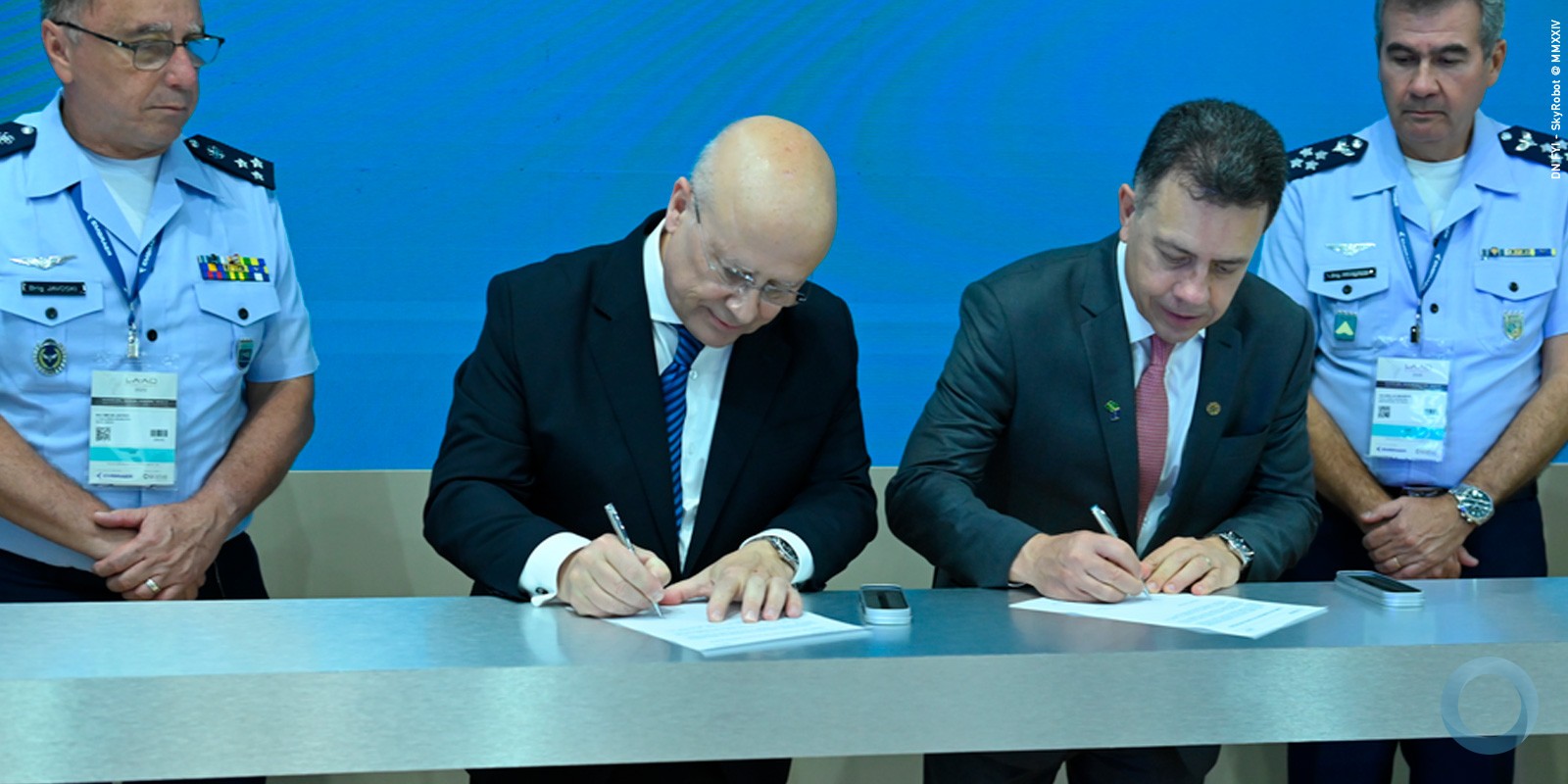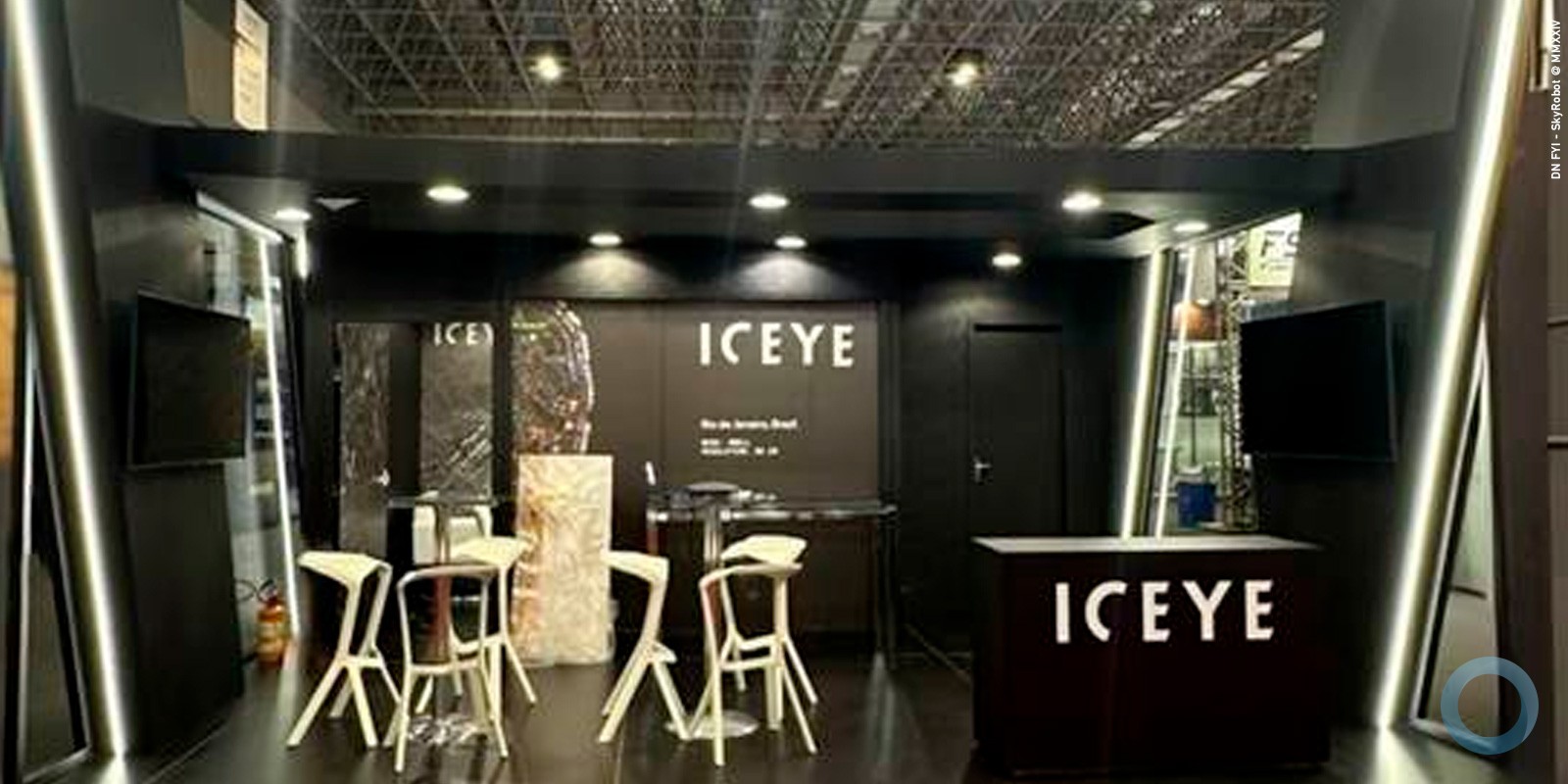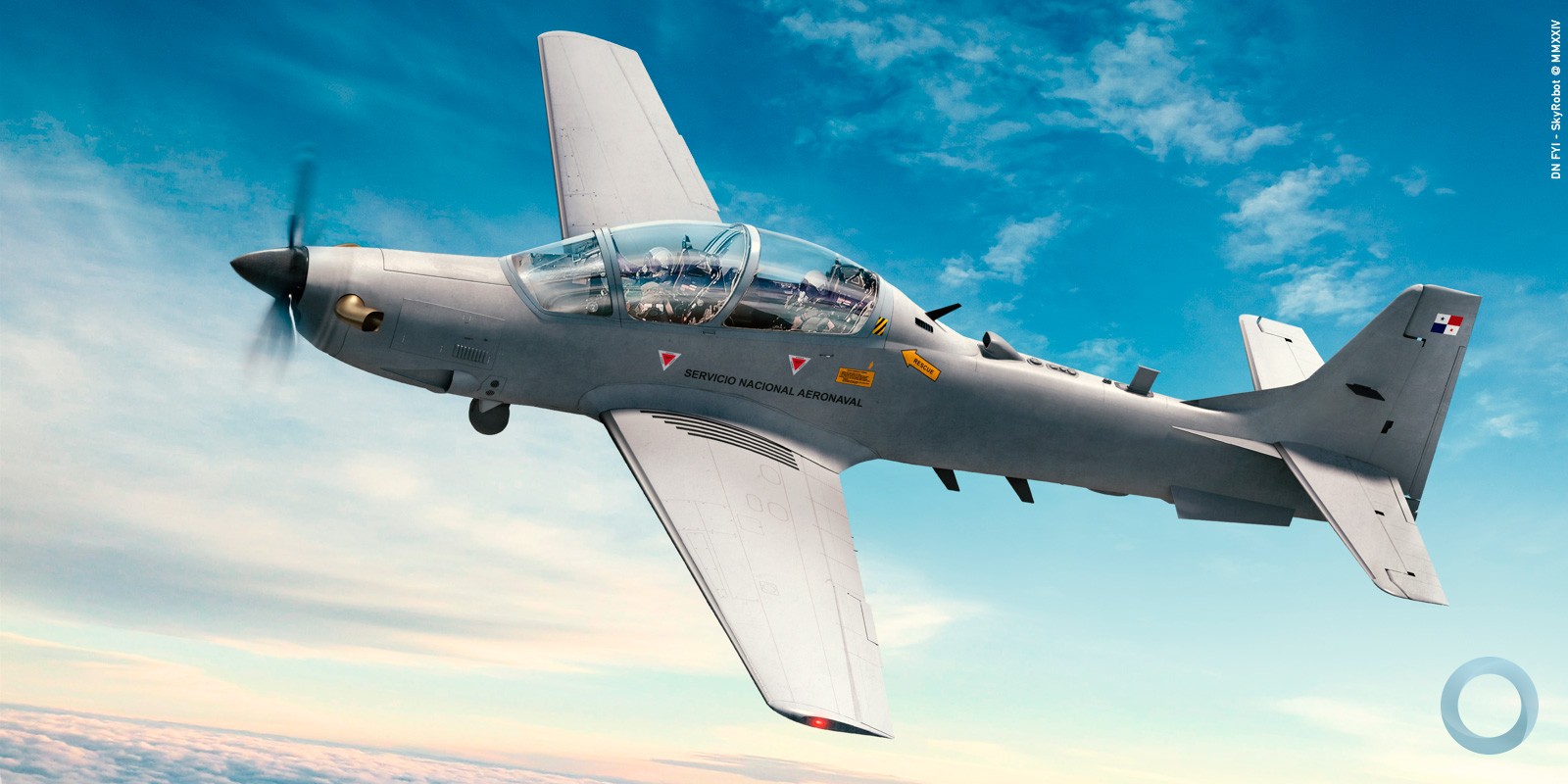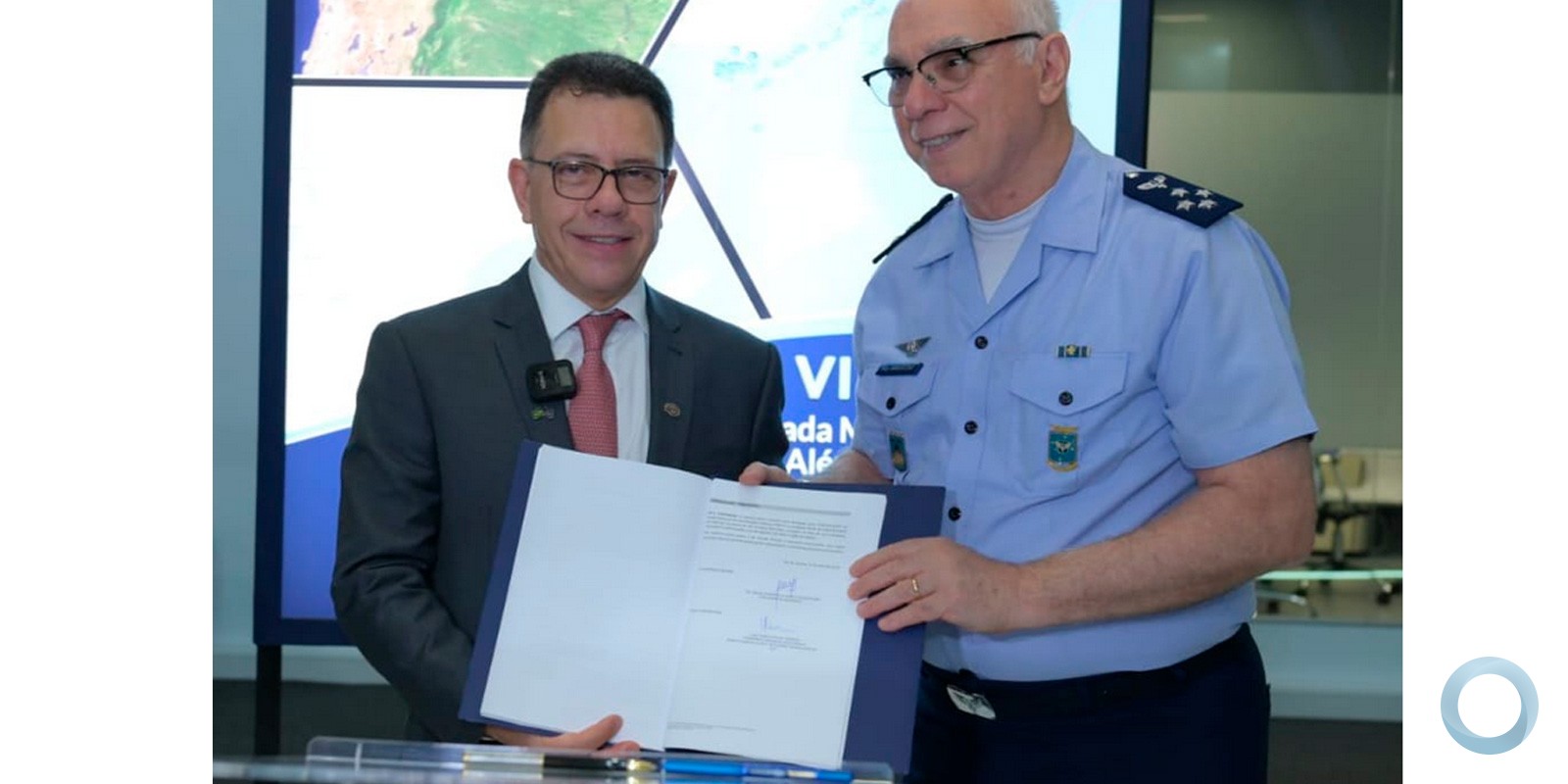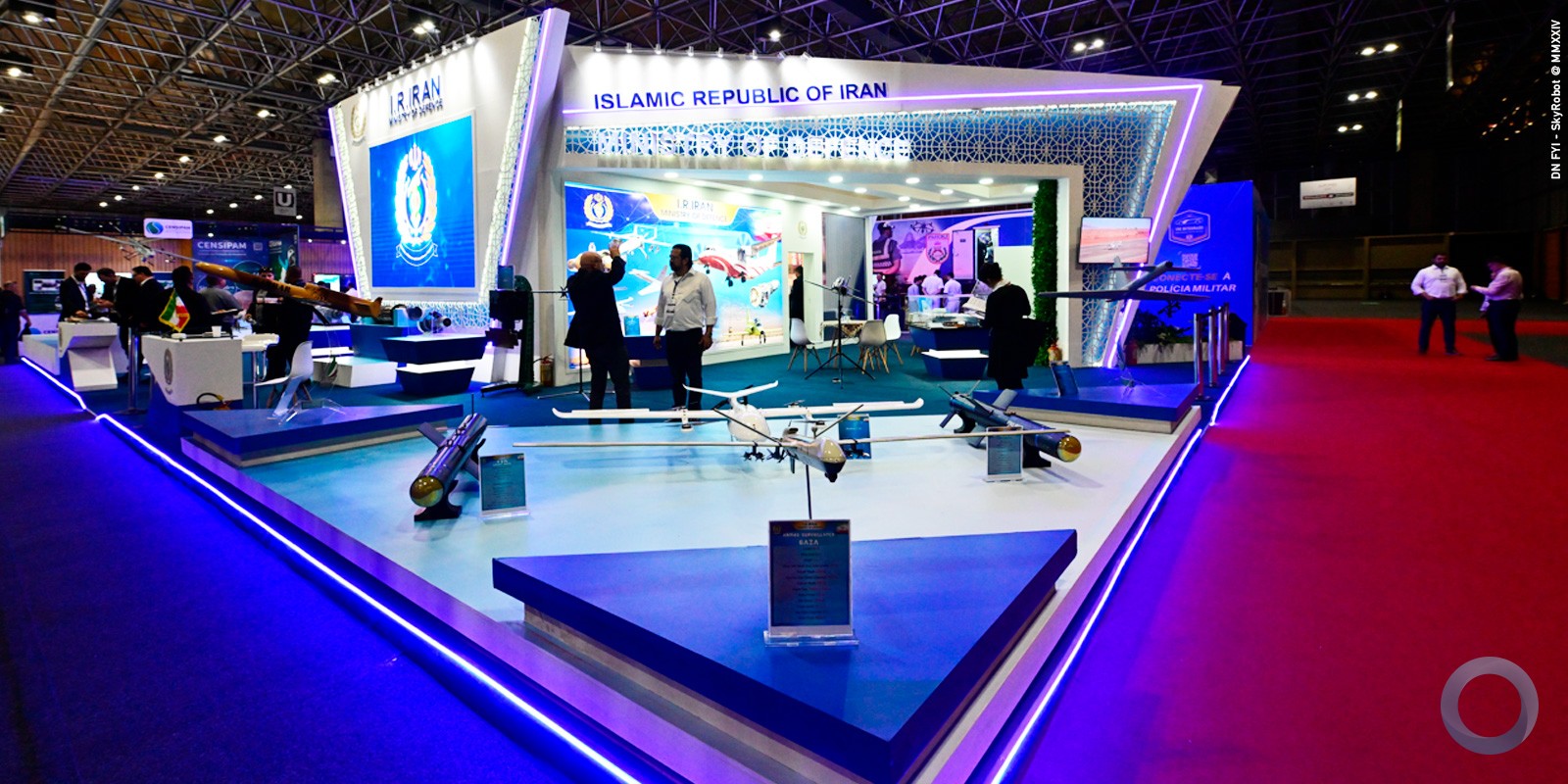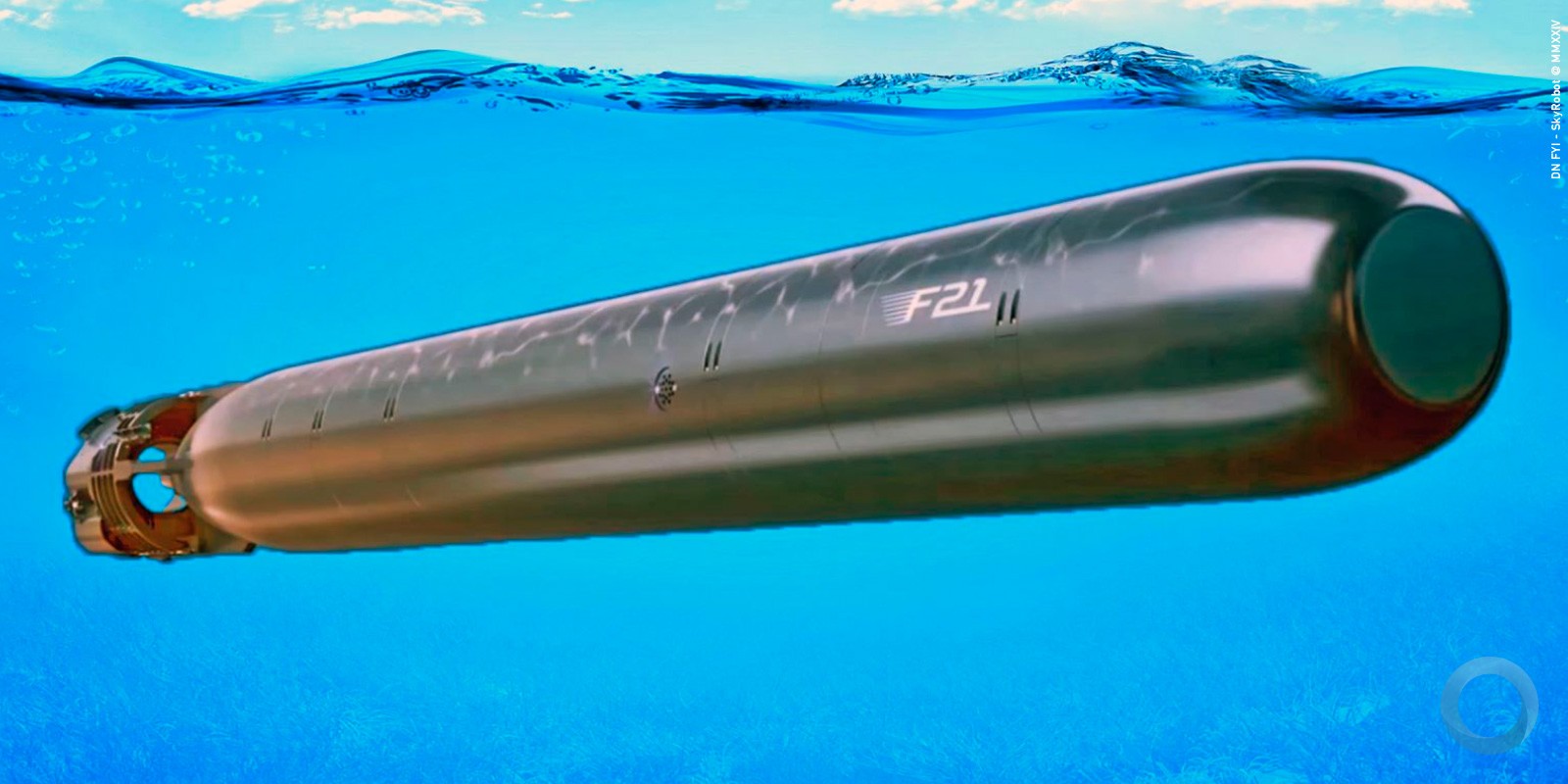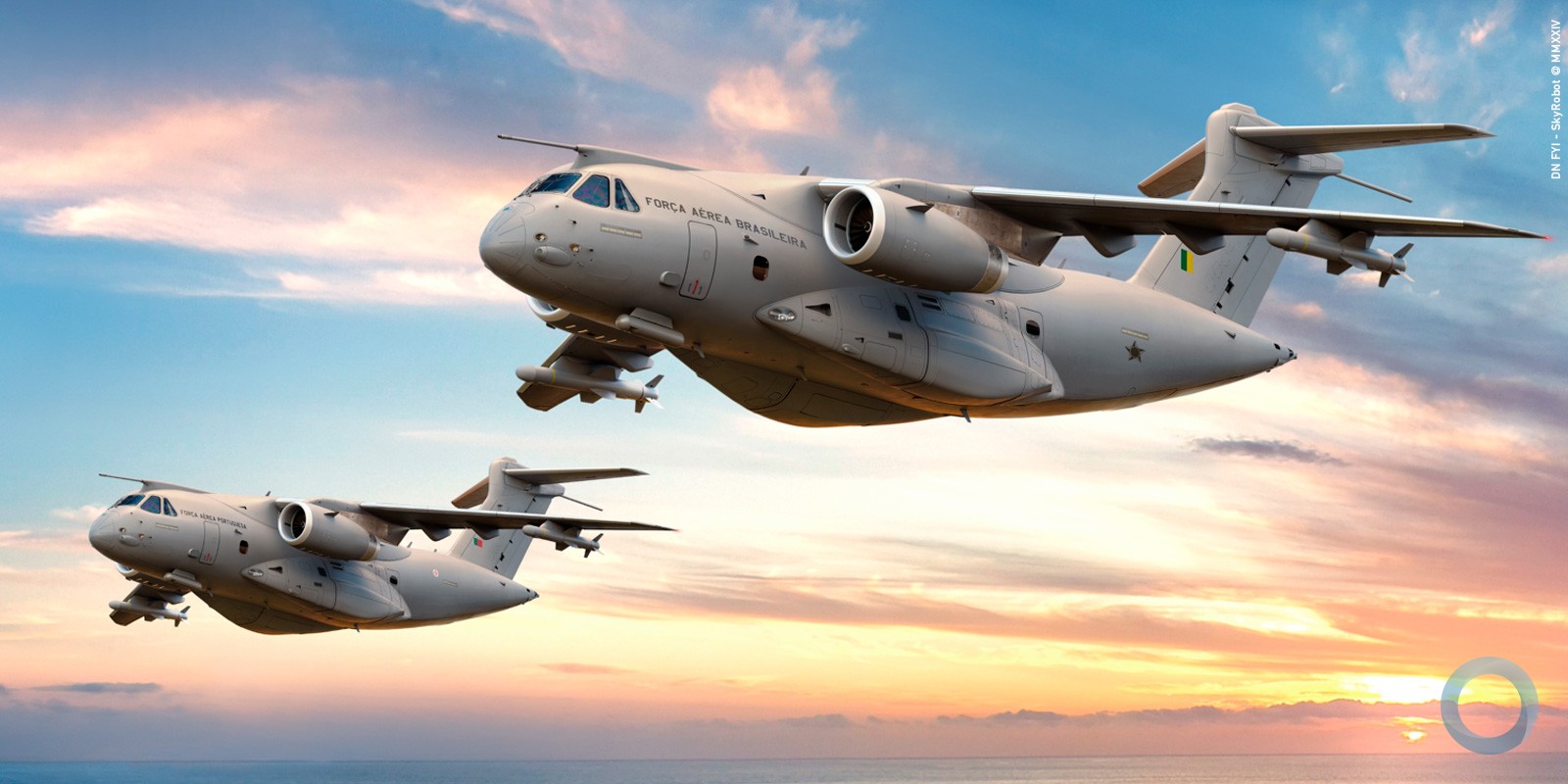By Nicholle Murmel
DefesaNet's Correspondent
During late September and early October, DefesaNet’s team visited the Brazilian Army’s Regional Maintenance Facility/5 in Curitiba, south Brazil. That’s where the M-113 armored personnel carrier (ACP) modernization program is taking place.
This project is the results of a partnership between the Brazilian and United States’ governments, plus BAE Systems, and the first batch of upgraded vehicles – 150 units total – was finished in October. These refitted tanks will be sent to several mechanized infantry battalions all over south Brazil estates.
Upgrading of the vehicles started back in 2012, when a prototype was built and delivered by the US. In 2013 the production line was established in Curitiba, and in the same year 42 units were modernized. In 2014 another 60 APCs were delivered, and the last 48 units were completed this year.
Our correspondent talked to the director of the Maintenance Facility, Coronel Everton Pacheco da Silva:
DefesaNet: What is the main purpose in upgrading the Army’s M-113?
Cel. Everton: First of all, no one gets rid of M-113 vehicles, they are highly valued. There are over 40 different kinds and around 80.000 units currently operating all over the world. When these APCs start to become obsolete or no longer respond to our operational demands, what we try to do is upgrading or making some changes. The M-113BR, our modernized version, came as a result of our need to put these vehicles to work along with the Leopard-1A5 tanks. Comparing the weight/power ratio, the M-113 can actually be more efficient than the Leopard, considering, of course, that the Leopard weights around 45 tons and the M-113 weights only 11. Both vehicles form a task-force and work well with each other.
DefesaNet: How does the Foreign Military Sales (FMS) contract work?
Cel. Everton: The contract is set between the Brazilian and the American governments. We didn’to choose BAE Systems as the supplier, the US did. It works as a triangle – the company provides the kits with the upgrade parts to the American government, which, throughout this first contract, was also in charge os transportation to Paranagua port. And we were responsible for taking these parts to their final destination here at Curitiba.
This FMS operation actually makes the upgrade components cheaper. We also have access to spare parts from American arsenals, which makes replacing parts much easier. In case one of the kits shipped to us has a defective component, all we have to do is inform one of the BAE Systems staff members here at the base, and they will notify the company’s headquarters – the brand new piece will be shipped in the next container.
Another upside is that we have BAE Systems’ engineering know-how at our disposal to conduct new experiments – there are modifications that were incorporated along the modernization process as a result of studies made by the Army. A good example are the LED headlights. Another one is the cap for the fuel tank. In a place such as Jordan, for instance, with dry weather and a different kind of diesel there would be no problem – here in Brazil, the caps became rusted due to the humid atmosphere plus the biodiesel we use in our vehicles. So we got in touch with the company and they worked on a solution for this issue.
DefesaNet: What kind of technology has been transferred to Brazil and to the Army throughout this first 150-unit contract?
Cel. Everton: More than technology itself, the personnel here at the Facility has gained a better understanding of what goes on with these APCs, how to handle them. Dismantling these units and assembling them back together as we do here has given our staff an exceptional amount of knowledge.
Also, certain components have received a new “BR” identification number, since they were developed here, based on our operational environment and on how we employ the ACPs.
DefesaNet: And what are the particular circumstances our ACPs operate on, not only in south Brazil, but all over the country?
Cel. Everton: I attended the first meeting with [with BAE Systems’ representatives] here at the base, in order to establish the terms of the contract. The company had already conducted similar programs in Jordan – 750 units total – as well as Chile and Norway, all of them presenting very different scenarios. In Chile, for instance, there’s the Atacama Desert, the vehicles drive over saltpeter, which dries and cracks the rubber [in the caterpillars]. In Jordan, let’s say, they don’t have the need we have here for the ACP to float and navigate – that’s a demand from the Brazilian Army doctrine. And in Norway there’s ice, mud and water.
Here in south Brazil, the weather is more humid, and our vehicles roll for round 600 quilometers a year in small sorties – that’s completely different from what happens in Jordan or Chile, where the APCs go for long deployments on desert land.
Also, in other modernization programs conducted by BAE Systems, the company upgrades the M-113 from the A-1 model to the A-2Mk1 – the same as our M-113BR. It took seven months to complete this process in the prototype unit delivered back in 2012, and the reason it took so long is because the model we had here wasn’t the A-1, it was the A-0, the very first M-113 model that was employed by the United States National Guard then sold to the Brazilian Army. Plus, these vehicles had been refurbished back in 1985 by Brazilian company Moto Peças.
And even now we have our own model; our “BR” unit is the M-113 A-2Mk1 plus American components provided according to the contract, as well as custom-made solutions considering the Brazilian Army’s needs.
DefesaNet: Considering this autonomy the Army has within the contract, how did you develop those particular components for the vehicles?
Cel. Everton: Back in 2012, while the Americans built the prototype, our Technical Division there at the base was analyzing the original manual for the APC in order to deliver the modernized units in the best shape possible for their future troops. We realized that some things were needed, such as a complete tool kit, a steel towing-cable. Also, storage gallons are no longer made of metal, but of polyurethane instead, and the APC’s interior is completely designed for our troops.
At that same time, personnel from mechanized infantry brigades here at Curitiba and at Santa Maria (Rio Grande do Sul estate) were asked about what they found was necessary. They suggested items such as a tool bag, first-aid kit and a bag to keep manuals and guides, all of that strapped to the walls – and it was all delivered. When we received the prototype here at the base, we thought we could very well keep all these good ideas throughout the entire upgrade line, since they came from the troops daily experience.
This M-113BR fulfills our needs in terms of engine and suspension performance just as the A-2Mk1 version would, but it’s customized to our employment regimen.
DefesaNet: What are the future possibilities for the modernization line?
Cel. Everton: The modernization contract for a second batch – 236 APCs – has already been signed. The first components’ shipment is due to arrive at in Brazil in November, and it’s likely that we start working in either January or February next year. We should receive around 110 containers full of brand new parts in a short time spam – about a year.
Having the components shipped this quickly decreases costs, since the production lines back in Mexico won’t need to keep manufacturing Detroit engines all throughout 2016, 2017 and 2018. For us, having the parts here won’t change the work schedule itself, but it means we must think about storage. Our work pace is limited by the available personnel here at the base, as well as by other limitations along the production line.
DefesaNet: The Brazilian Army would have the autonomy to offer this modernization process to other M-113 operators in Latin America?
Cel. Everton: I believe, in this case, the Army Staff would have to contact the Logistics Command in order to verify if that king of offer would be feasible. I personally don’t know how that FMS contract would be – if it would be a deal between Brazil and United States to provide the service for Chilean vehicles, for instance.
Also, let’s say another nation signs a FMS contract with the US, but they don’t have the industrial and technological capability to carry out the modernization at home, so the APCs would be brought here – that’s another possibility. What I can say is that I already heard about all this back in 2010, 2011, it’s nothing new. Maybe now that the modernization line works well here, and once we are done with our own M-113, we can offer this modernization service to other nations. But that will depend on international deals between governments.
But does this thing really work?
On October 7th, our correspondent had the opportunity to witness the final test cycle, at an Army’s testing site near Curitiba, before the upgraded M-113 are delivered to their infantry units. This exercise was special – the units tested were the final eight of the 150 vehicles to be upgraded according to contract between Brazil, the US and BAE Systems.
The road trip to the test site – around 33 quilometers from the Maintenance Facility in Curitiba – is a test in itself. It allows the engineers from the Technical Division to assess the APCs performance rolling on concrete and on the road thanks to the rubber caterpillars – a custom-made component for the Brazilian M-113.
At the field, all eight units go through a pivot test – one of the caterpillars is locked in order for the vehicle to make a sharp turn and draw a circle on the ground. According to Captain Julio Cesar Rodrigues Yuasa, from the Technical Division, the main goal with this maneuver is to test the M-113’s hydraulic system.
“The vehicle must perform a semi-pivoting movement. And is very important that the caterpillar remains locked and doesn’t move”, he says. The Captain also explains that it’s not possible to assess the hydraulic performance of the right after the APCs leave the modernization line, and only this kind of exercise can point out any flaws. “In case the caterpillar doesn’t lock properly, that unit will have its system drained from any air bubbles, will be recalibrated and perform the maneuver all over again”, he describes.
As the APCs finish the pivot maneuvers, they all head to a nearby lake where they’ll perform the floating and navigability test – those two requirements are specific to the Brazilian Army’s employment of the M-113.
According to Captain Yuasa, at this point the Technical Division will assess the functioning of parts such as the hull – which had been in service for years before the refit – as well as the water sealing for the lids and hatches. “We expect that water won’t come flooding into the vehicle”, he says. But in case that happens, it’s the opportunity to test the two pumps that comprise the draining system. “This equipment is activated before the exercise begins, but only works if the unit starts flooding”.
Potential issues this floating test might show are precisely those concerning the draining system and the rubber on the hatches sealing. In those cases, the maneuver is terminated and the unit returns to the Maintenance Facility in Curitiba to have its components replaced.
Testing the M-113 in the water is also important because it gives the operators the chance to experience of driving the vehicle in this specific environment. Captain Yuasa explains that the man-machine response time is slower inside the water – it takes longer for the tank to move according to the driver’s command. “This kind of maneuvering is not so intuitive. Perception of movement and obstacles must be anticipated and only practice and live experience can provide these skills to the operator”.








